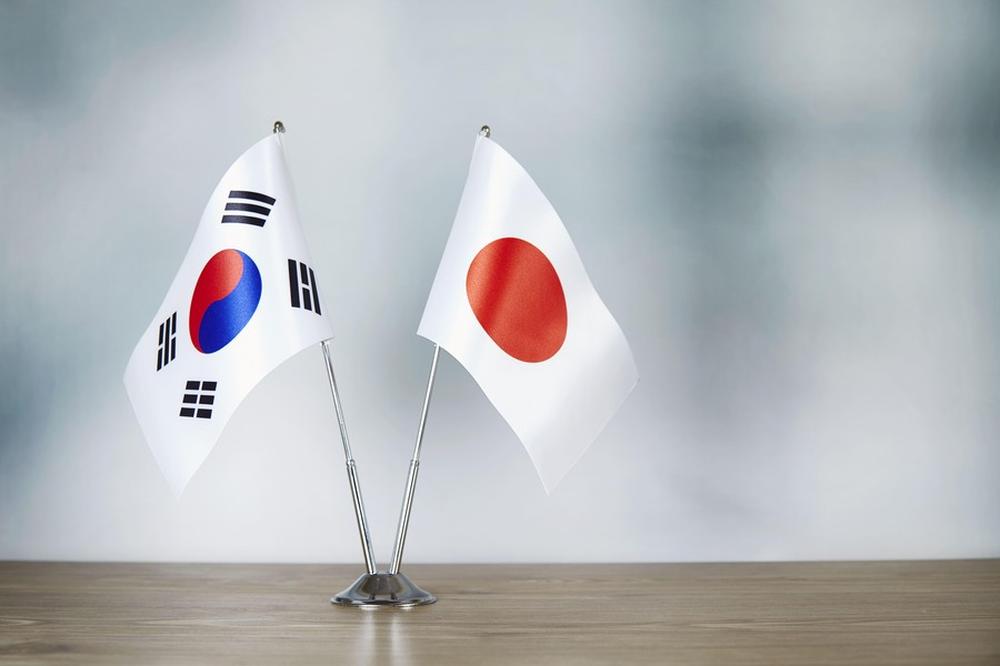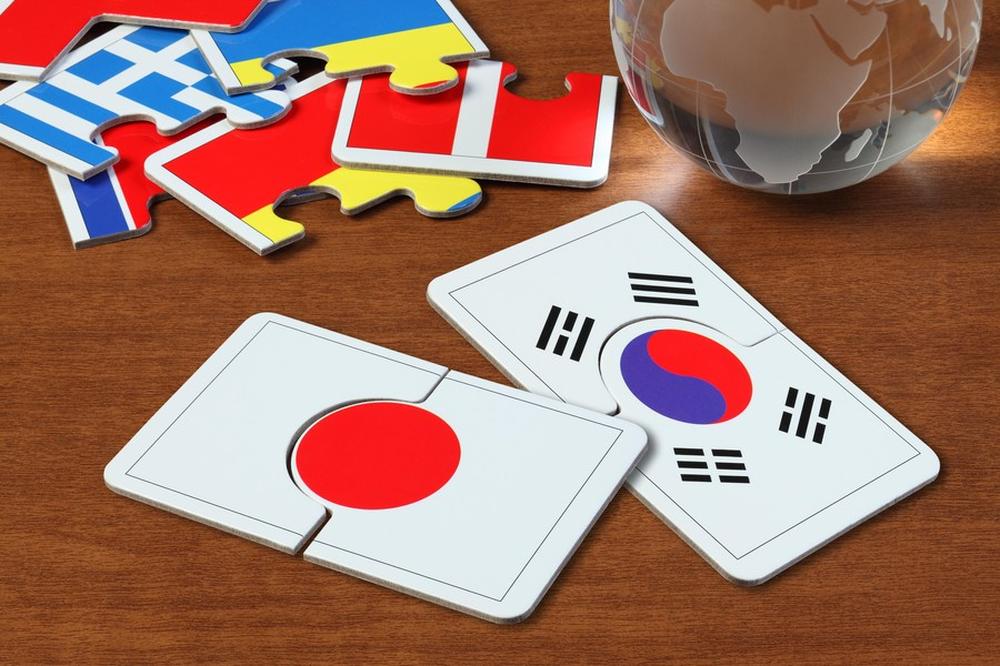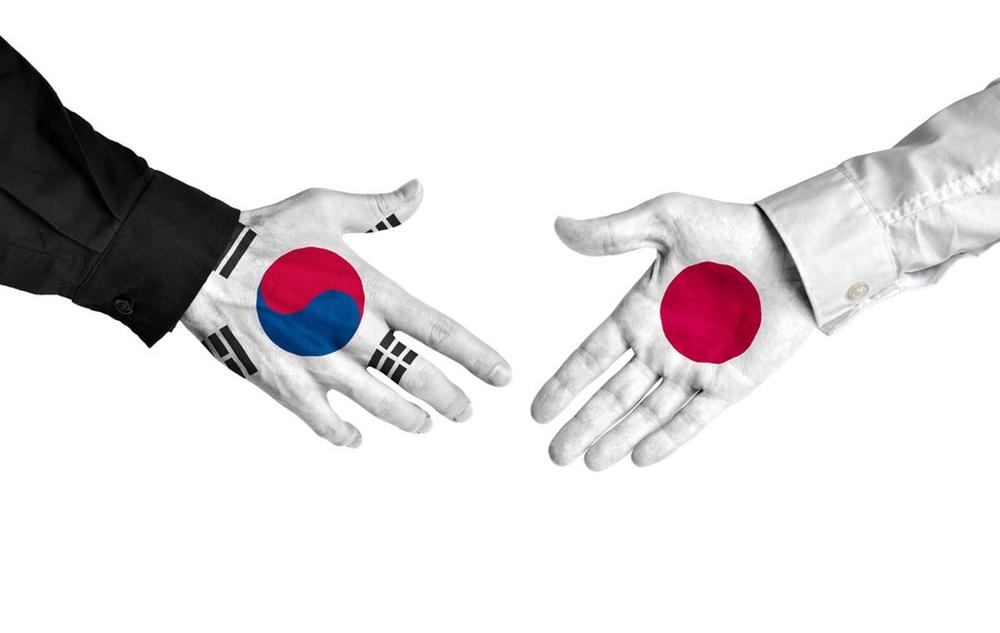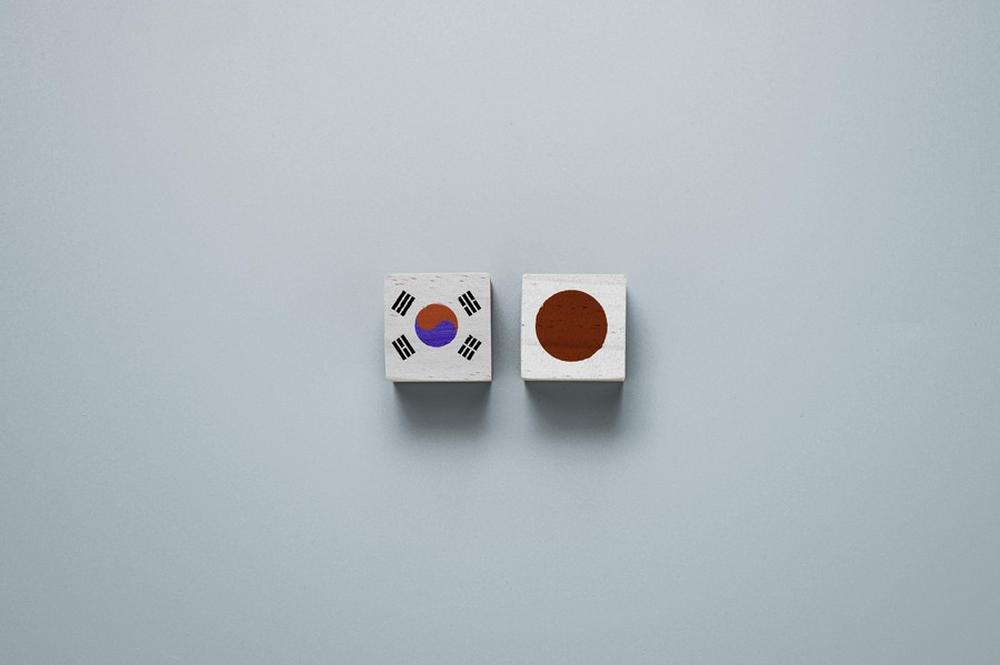- #Japan
- #South Korea
- #US Foreign Policy

► If trust is restored between the two leaderships and both sides accumulate experiences of conflict resolutions through their economic-security compromise, the issue over wartime reparation—albeit difficult—can be resolved. For this to happen, Korea must find a way to create an environment conducive to dialogue.
► As such, if the Korean government has the will to resolve the issue at any cost, the Japanese government—which is clearly aware of the complicated nature of the issue—will come to the negotiating table in earnest. The United States’ pressure will also work favorably.
► Even though the window of opportunity appears small, there is potential for Korea and Japan to “normalize” their relationship.
Since the 2010s, Korea-Japan dispute over history issues has spilled over into various dimensions of the relationship, including economic (end of currency swap agreement, Japan’s export restrictions against Korea), security (2018 Korea-Japan radar lock incident, controversy over extension of GSOMIA), and cultural exchange (suspension of local government exchange programs, growth of anti-Japan and anti-Korea sentiments) dimensions.
The Moon Jae-in government, which took office in 2017, implemented a two-track approach, separating history issues—sensitive issues that require time—from other areas that the two countries could cooperate on. This policy was based on the lessons learned from the Park Geun-hye administration’s one-track policy, which stressed that Korea will not engage with Japan unless the comfort women issue is resolved. This one-sided policy forced the United States to apply pressure to conclude the Korea-Japan comfort women agreement as well as GSOMIA.
However, the delay of diplomatic negotiations over wartime compensation has led to growing perception that the two-track approach is in fact neglecting the history issues. Abe Shinzo impatiently implemented export restrictions against Korea. By doing so, Abe’s advisors used economics as a means to achieve diplomatic objectives, a new strategy they called “economics statecraft.”
In the midst of growing anti-Korea and anti-Japan sentiments in both countries, the two governments began focusing on COVID-19, which ended up pushing the two-track approach and economic statecraft—two conflicting policies—towards the long term neglection of worsening Korea-Japan relations.
A Minor, But New Trend
Within both Korea and Japan, there appears to be a minor but a new trend developing. During the new year’s press conference in January of this year, President Moon expressed doubt that “liquidating (assets of Japanese firms) through forcible enforcement means is desirable.” Concurrently, he also admitted that the 2015 comfort women agreement was indeed an official agreement and urged both governments to resolve the issue diplomatically based on this agreement. These statements by President Moon—admitting the official nature of the 2015 comfort women agreement and expressing concerns about liquidating assets of Japanese firms—came as a shock to some in Korea because it was President Moon who had dissolved the Reconciliation and Healing Foundation and previously held the position that getting involved with the judiciary decision was against the principle of “separation of legal, administrative, and judicial powers.”
In order for the two-track approach to work, the counterpart must also understand the need to separate history issues with others areas of cooperation. This can only be possible if there is hope that history issues could be resolved when managed over time. How would things be different if President Moon’s new year’s speech was made in October 2018 following the forced labor court ruling? Unfortunately, the Korean government dissolved the Reconciliation and Healing Foundation. During a time when he needed to show his willingness to resolve the issue, President Moon caused unnecessary misunderstanding that he was going to denounce the comfort women agreement.
A new trend seems to be developing in Japan as well. Despite the loss, Japan’s vaccine minister Kono Taro stated during the Liberal Democratic Party (LDP) leadership election that “when it comes to trade, it is a principle not to engage in unnecessary acts,” hinting at the possibility that Japan could lift export restrictions against Korea.
In fact, Prime Minister Abe’s decision to restrict exports to Korea went against the “policy of separating economy from politics”—a policy supported by Japanese mainstream conservatives. This policy is similar to the two-track approach in that it looks to manage the bilateral relationship by focusing on other areas of cooperation despite the existence of the contentious history issue. The mainstream conservatives disapproved Abe’s policy but remained silent because of their disappointment and fatigue with Korea. The widespread saying that “the collapse of the Abe government began with its export restrictions against Korea” cannot be entirely false.
Kishida Fumio, the newly elected president of LDP, is the top leader of Kochikai, one of the most influential conservative LDP factions. He recently urged Japan to “return to the origin of conservative politics.” However, given that Abe’s power still resonated within the LDP, he had to side with Abe’s politics in order to gain the support needed to win the LDP election. However, Japan’s public opinion remains harsh as evident in Suga Yoshihide—a supporter of Abe and his politics—being voted as the worst prime minister. Despite the loss, the coalition of Kono and Ishiba Shigeru received overwhelming public support for their post-Abe politics. Eventually, Kishida, who possesses both Abe and the mainstream conservative politics within him, will opt to show his true political colors depending on the political circumstances. This is the only way for him to narrow the gap between public opinion and the LDP.
Seizing the Opportunity with Desperation
The pendulum of Korea-Japan relations can be traced back to November 2019, when Korea postponed the signing of GSOMIA and Japan agreed to a director-general level talks that aimed to lift Japanese export restrictions against Korea. In December, the Japanese economic industry partially lifted exports restrictions against Korea by reversing curbs on exports of photoresists to Korea.
In fact, Japan’s export restrictions targeting Korea’s semiconductor industry remains a shell as a result of the United States restructuring its global supply chain. The Korean government also understands that extending GSOMIA is inevitable. Therefore, the extension of GSOMIA and Japan’s lifting of export restrictions—the economic and security compromise—is more than a short-term possibility if the two governments can somehow develop mutual trust.
Therefore, the most urgent agenda remains to be active dialogue and mutual trust between the two leaders. Fortunately, the Korean government has maintained the position that it is willing to engage in a summit-level discussion. Prominent Korean presidential candidates have also stated that they are open to a Korea-Japan summit without any precondition. The newly incoming Korean and Japanese administrations signal an opportunity to start anew.
If trust is restored between the two leaderships and both sides accumulate experiences of conflict resolutions through their economic-security compromise, the issue over wartime reparation—albeit difficult—can be resolved.
For this to happen, Korea must find a way to create an environment conducive to dialogue. President Moon, in addition to his new year’s speech this year, must clearly and publicly state that the Korean government abides by the 2015 comfort women agreement and the 1965 Korea-Japan agreement on reparation. He must also continue to express concerns over liquidating Japanese assets to resolve the issue.
At the same time, Korea must provide a venue for victims and supporting organizations to engage in conversations so that a consensus over how to resolve the issue can be developed. Japan is seeking a “permanent solution” that can put an end to any disagreement by the victims in Korea.
As such, if the Korean government has the will to resolve the issue at any cost, the Japanese government—which is clearly aware of the complicated nature of the issue—will come to the negotiating table in earnest. The United States’ pressure will also work favorably.
Even though the window of opportunity appears small, there is potential for Korea and Japan to “normalize” their relationship. Obviously, existing anti-Korean and anti-Japanese sentiments, the two countries’ different national priorities, and the potential political instability this could cause will complicate the process. However, taking advantage of this small opportunity, based on the understanding that the two countries will experience a major crisis if this opportunity slips by, will turn out to be a true diplomatic undertaking.
Heesik Choi is a professor of Japanese Studies at the Department of International Studies, international regional studies at the graduate school, and director of the Institute of Japanese Studies at Kookmin University. He holds a B.A. and M.A. from the Graduate School of Political Science from Seoul National University and a PhD from Keio University.


